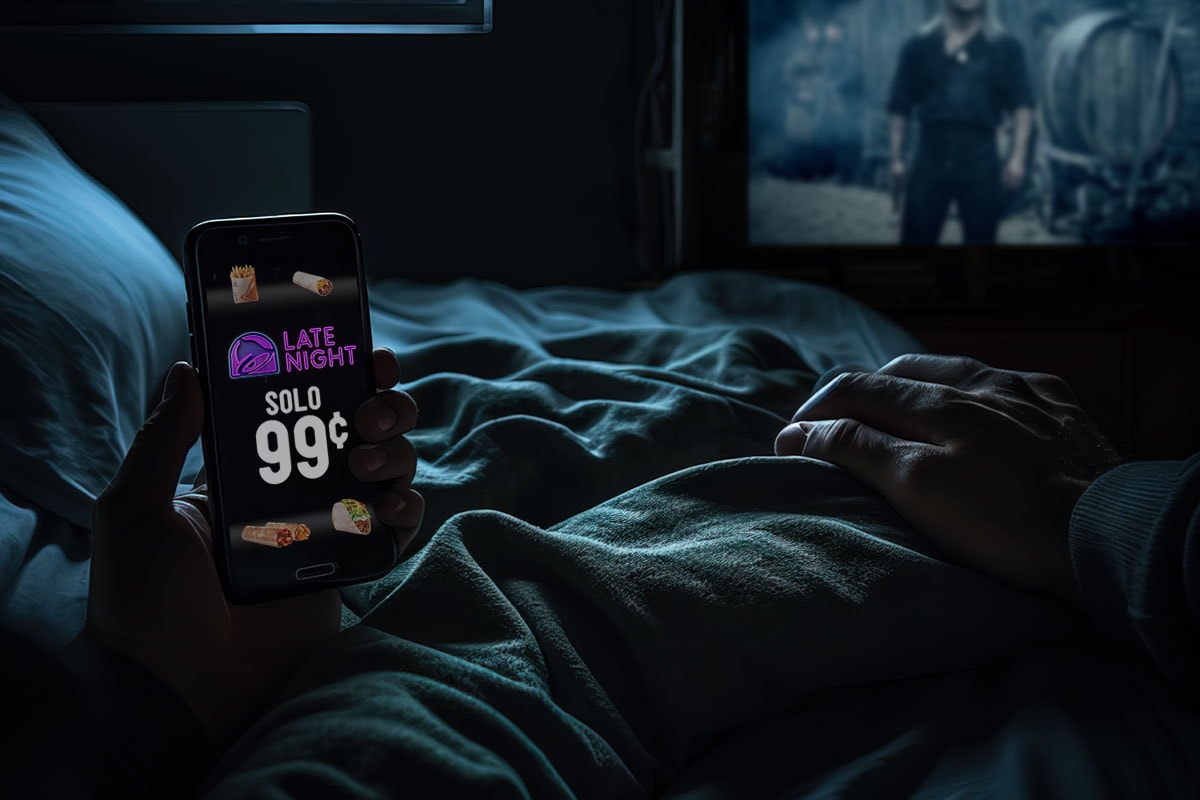3 Easy Ways To Use Micro-Moments In Marketing for 2024
Imagine it’s a Saturday evening, and you’re on your couch scrolling through social media when you suddenly remember you have an upcoming wedding to attend. What do you do?
You whip out your phone and quickly type in, “Best suits for weddings.” That, my friends, is a micro-moment and gold for marketers.
We’ve all had those tiny instances of need—the “I want to know,” “I want to go,” “I want to buy,” or “I want to do” moments—that prompt us to turn to our closest gadget for answers.
As the saying goes, “Seize the micro-moment, seize the day!” Maybe that’s not how the saying goes, but you get the gist.
We’re diving into the world of micro moments and why they’ve become the marketing mega-trend of 2024.
Are you ready to seize your micro-moments like Oreo Cookie, who seized the 2013 Super Bowl blackout? Let’s dig in!
Key Takeaways (TLDR)
- Micro-moments are brief instances of using digital means to fulfill an immediate consumer need.
- 4 types of micro moments serve as critical touchpoints for consumer influence and action.
- Anticipate micro moments by mapping the customer journey and leveraging personalized experiences to capture attention.
- Data analytics tools are invaluable in offering real-time insights into consumer behavior.
- Speed and relevance are crucial in micro-moment marketing.
What are Micro-Moments, and Why Do You Need to Jump on This Trend?
Micro-moments are essentially tiny pockets of time where consumers rely on digital means—often smartphones—to fulfill an immediate need.
It’s when your customers are at their most receptive. Remember how Oreo nailed it during the 2013 Super Bowl?
If not, here’s a refresher. Back in 2013, the Super Bowl was hit with a half-hour power blackout, and in that perfectly timed micro-moment, Oreo Cookie tweeted, “Power out? No Problem. You Can Still Dunk In The Dark.
They weren’t the only ones. Calvin Klein actually beat them to the punch, and Tide, along with others, soon followed. Regardless of who was first, this well-timed and brilliant marketing micro-moment gave them an incredible boost.
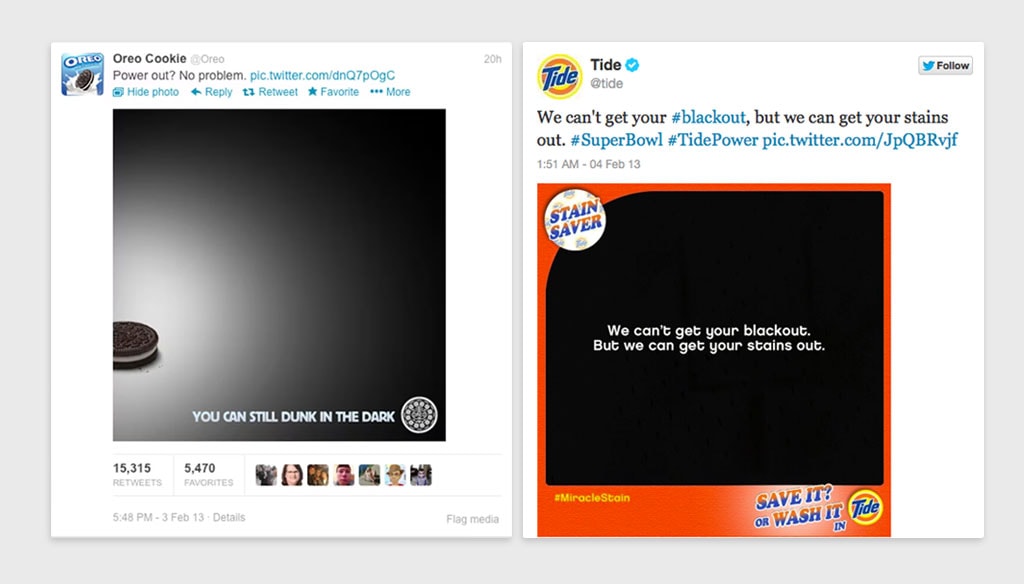
They identified a micro-moment and acted instantly.
Research suggests that 91% of smartphone users turn to their phones for ideas during a task.
But acting on a micro-moment isn’t always in the form of some clever ad or social post. Sometimes, it can be a wave of micro-moments that can provide some inspiration for how you can offer new features or services to satisfy these micro moments continually.
But why is this a mega trend in 2024? Simply put, the pandemic made us even more reliant on our gadgets.
As a business, if you know how to win your micro-moment, you’re taking your brand from the background noise to the front and center of your customer’s minds.
How to Master Micro-Moments in Marketing
What are the 4 types of Micro-Moments?
The four types of micro-moments are the building blocks of consumer behavior and decision-making processes in the digital age.
These moments, categorized as “I-want-to-know,” “I-want-to-go,” “I-want-to-buy,” and “I-want-to-do,” serve as the touchpoints where consumers are most open to influence, making them incredibly valuable for marketers.
Let’s break them down one by one, shall we?
- I-want-to-know Moments: Ever had a burning question and couldn’t resist the urge to Google it? That’s an “I want to know” moment. It’s not necessarily tied to making a purchase.
For instance, a person might Google, “How does blockchain work?” This is a ripe opportunity for educational brands or platforms to provide insightful content and establish themselves as authorities in the subject matter. - I-want-to-go Moments: Imagine walking down the street, your stomach growls, and you realize you crave sushi. So, you take out your smartphone and search “best sushi places near me.” Congratulations, You’ve just had an “I want to go” moment.
These are location-based queries where proximity and convenience are key. Businesses with a local presence should optimize for these moments, ensuring they appear in local search results. - I-want-to-buy Moments: It’s the end of the month, you’ve just gotten your paycheck, and you’re feeling like a millionaire for a day. You decide to treat yourself to a new pair of sneakers. You search for “best sneakers for everyday wear.”
This is the classic “I want to buy” moment, where businesses can most directly influence a purchase decision by offering deals, showcasing customer reviews, or providing detailed product comparisons. - I-want-to-do Moments: Let’s say you’ve just bought a new IKEA bookshelf, and you’re staring down a maze of screws, wooden panels, and a somewhat daunting instruction manual. So you search for “IKEA bookshelf assembly video,” seeking a step-by-step guide. Voilà, you’ve landed in an “I-want-to-do” moment.
Brands can seize these moments by providing handy tutorials or how-to guides, effectively offering immediate solutions to a consumer’s challenges.
Modern marketers must understand these four micro-moment types and how to capitalize on them. They not only give you a window into user intent and the consumer’s immediate needs but also allow you to convert an intent into an action, a click into a customer.
Identify Your Customer’s Moments
Ah, the art of mind-reading! If only we could know what our customers are thinking, right? Identifying your customer’s micro moments is the closest thing to mind-reading marketers have at their disposal.
These are the golden windows of opportunity when your customer is keen to decide—whether to buy, learn, go, or do. Let’s get into how you can master this art.
The first step is knowing the questions your audience will ask before they even know they will ask them. Whether it’s “Where to find the best pizza near me?” or “How to tie a Windsor knot?” these are your opportunities.
Know Your Audience
The first rule in identifying a micro moment is understanding your target audience.
Are they Millennials looking for fast solutions or Baby Boomers who appreciate detail?
With 72% of consumers saying they would instead connect with brands and businesses that provide personalized experiences, the more you know about your audience, the better you can anticipate their needs.
Starbucks has a knack for knowing its audience—busy professionals, students, and anyone else needing a caffeine fix. The brand noticed that many of its customers wanted a quick way to grab their morning coffee without standing in long lines.
Starbucks responded with a mobile ordering feature allowing customers to order and pay for their drinks via an app and then pick up their order nearby.
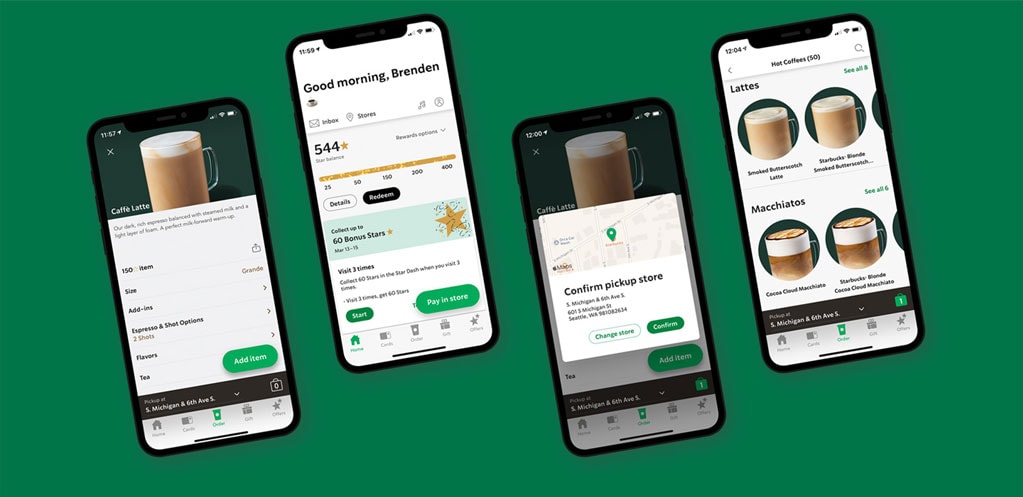
They recognized their audience’s “I-want-it-now” micro-moment and successfully addressed it.
Map Out the Customer Journey
You can map their typical customer journey once you know who you’re dealing with. This involves several touchpoints where micro-moments will likely occur along the consumer journey.
For instance, a new mom may go through stages like searching for “best baby cribs,” “how to assemble a baby crib,” and finally, “best sleep techniques for babies.” Your brand can tap into These different micro moments along her journey.
If one brand has mastered the customer journey, it’s Amazon. From the initial search to the “you may also like” suggestions and even the one-click purchasing, Amazon has streamlined the entire process to capture every possible micro-moment.
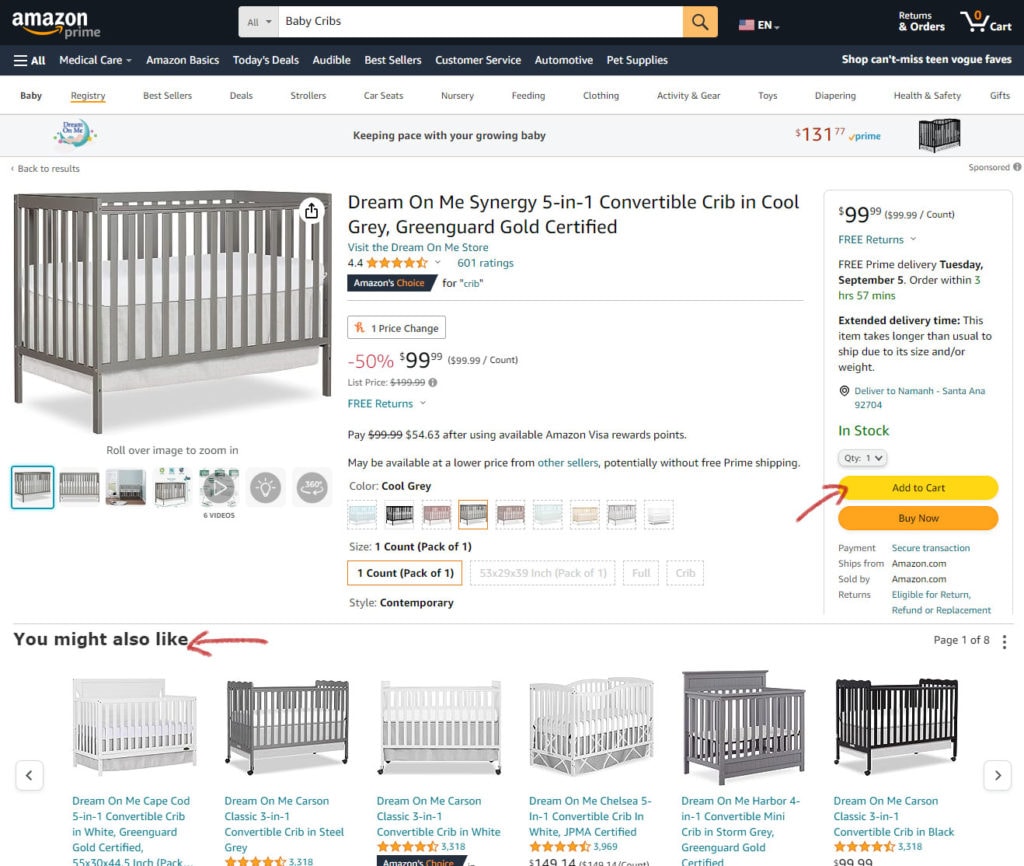
For instance, when you search for a book, Amazon will also suggest bookshelves, reading lights, and even bookmarks, capturing the full customer journey from recognizing a need to fulfilling it.
If you have an e-commerce business, this is a great opportunity to put your post-purchase engagement strategy to work by dripping relevant content related to a recent purchase to capture those micro-moments bound to follow.
Whatever they recently purchased, ask yourself, “What will the be looking for next?”
Leverage Data and Analytics
If you think micro-moments are solely about guesswork, think again. Data analytics can offer insights into customer behavior.
Platforms like Google Analytics allow you to delve deep into user behavior, search queries, and site interactions.
By leveraging these insights, you can find exactly what customers are searching for and at what time, capturing those essential micro moments.
Netflix is a powerhouse for leveraging data analytics to predict user behavior. Netflix can offer incredibly personalized recommendations by closely monitoring what you watch, how long you watch it, and what you will likely watch next.
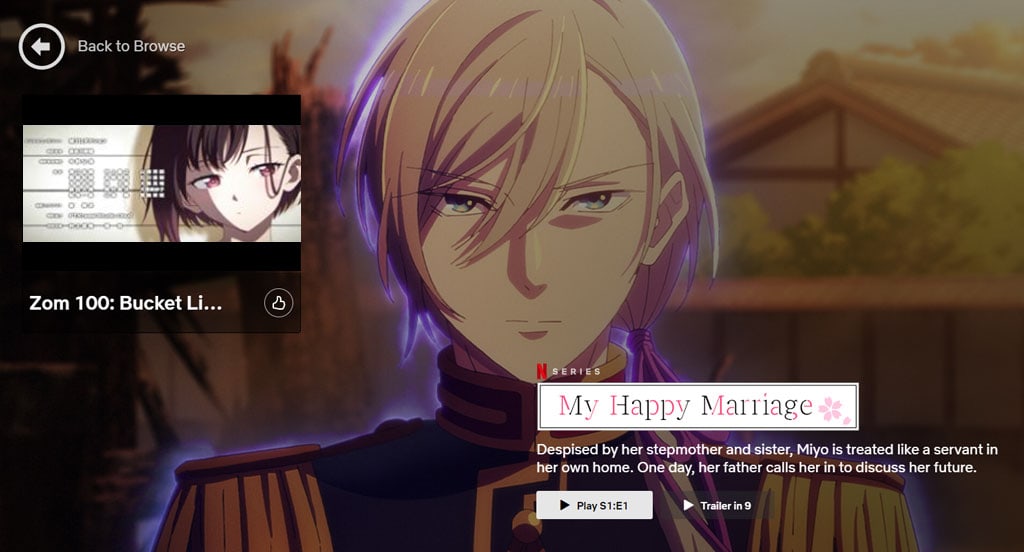
The company perfectly captures the “What-should-I-watch-next?” micro-moment by using big data to analyze user preferences.
A whopping 80% of the shows watched on Netflix are discovered through the platform’s recommendation system.
Create Content That Answers Questions
Micro-moments often start with a question. So, position yourself as the answer. The content you create should directly address these questions in an easily digestible and actionable way.
For example, if you’re a fitness brand, anticipate questions like “How to lose weight fast?” or “What are the best home exercises?” and have ready-to-go content that answers these queries.
Home Depot identified a specific set of micro moments by acknowledging that people often use the internet for DIY help. They have created many how-to guides and videos to answer questions ranging from “How do I fix a leaky faucet?” to “How do I build a treehouse?“.
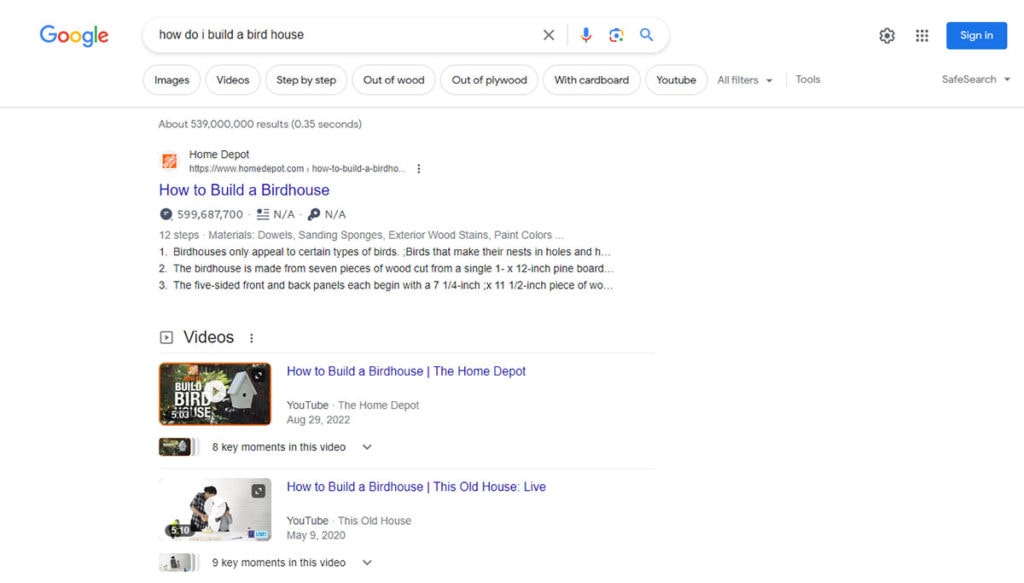
When that “I want to know how to do this” moment strikes, Home Depot has positioned itself as the go-to solution source.
The gist is this: the better you can predict and prepare for these micro-moments, the higher your chances of capturing that fickle consumer attention.
It’s like setting up a series of small nets to catch fish when they’re most likely to jump. And let’s be honest, who wouldn’t want to make their marketing efforts as effective and targeted as possible?
Be Quick and Relevant
Let’s face it: We live in a world of speed and convenience. Your consumers are no different.
When caught in a micro-moment, their attention span isn’t just short—it’s microscopic. You have seconds, sometimes even less, to make an impact.
But being quick isn’t just about speed; it’s about relevance, too.
For instance, if someone is looking for “healthy dinner recipes” and provides them with a decadent dessert recipe just because it loads quickly, you’ve missed the mark.
According to Google, 65% of smartphone users agree that when searching on their smartphones or desktop computers, they look for the most relevant information regardless of the company providing it.
This makes the role of relevance crucial in your speed-obsessed strategy. So, how do you make your content fast and relevant?
- Targeting: Use data analytics to understand your customer profiles better. Know their behaviors, preferences, and timings to ensure that you deliver hyper-targeted content.
- Content Format: Understand that no one will read your 2000-word article in a micro-moment, however amazing it might be. The information needs to be in a quick, digestible format—think infographics, short videos, or bullet-point lists.
- Immediate Solutions: Your content should resolve the consumer’s query then and there. If they’re looking for “best running shoes,” provide them with a list that links directly to an e-commerce site. Better yet, provide filters like ‘best for flat feet,’ ‘best for marathons,’ etc., to help them make an informed yet quick decision.
By creating content with speed and relevance, you’re not just answering your consumer’s questions but how they want them to be answered. And that, dear marketers, is how you win at micro-moments.
Measure and Adapt
The beauty of digital marketing is the ability to track almost anything. Monitor how your marketing messages and strategies perform in real time and adjust as needed.
This step is where the rubber meets the road, where you figure out if your meticulously crafted micro-moment strategies are hitting the mark or need a little (or a lot of) tweaking. Remember, you’re engaging in micro-moment marketing for accurate results, not just digital high-fives.
First, you’ll want to dig deep into analytics. Look at metrics like click-through rates, conversion rates, and the time spent on your landing page to gauge customer interest and interaction.
One statistic to remember, according to Google, is that a delay of just one second in mobile page load times can impact conversion rates by up to 20%. Yes, just a single second delay, and you’ve lost a chunk of your audience quicker than you can say, “Oh, snap!”
But measuring is just the half of it. Once you’ve gathered data, the real fun begins adaptation.
You know how Darwin talked about survival of the fittest? In the digital jungle, it’s “Survival of the Quickest to Adapt.”
Did your video on “The Top 10 Suits for Every Occasion” get fewer clicks than expected? It may be time to revisit your headline or thumbnail.
Did your “How to Pick the Perfect Wine” article soar through the roof? Consider creating a follow-up post or even a series.
The key is to continuously refine your marketing strategy and approach based on what the data tells you.
To master the art of micro moments marketing, one must be both a data nerd and a creative wizard, ceaselessly measuring and dynamically adapting. So get your wizard hat on, and start casting your analytical spells!
Key Considerations
Please don’t underestimate the power of local search; 76% of people who search for something nearby on their smartphone visit a related business within a day. Also, the content should be more than just quick but also mobile-optimized.
Finally, timing is crucial, so align your content strategy with times when these micro-moments are most likely to occur.
Going Beyond
Once you’ve mastered how to win a micro-moment, consider using technologies like AI to predict customer behavior or branching into video marketing, as 50% of consumers prefer video content over other material forms like blogs and emails.
Wrapping Up
Micro-moments are more than just a buzzword; they’re the future of marketing. These nuggets of consumer attention are compelling for brand recognition and driving conversions.
By understanding what micro-moments are and strategically placing your brand where these micro-moments occur the most, you’re not just following a trend—you’re ahead of the curve. Now, isn’t that a micro-moment worth seizing?
Frequently Asked Questions
What are the 4 micro-moments?
The four types of micro-moments are broadly categorized as “I-want-to-know,” “I-want-to-go,” “I-want-to-buy,” and “I-want-to-do” moments. These are instances where consumers turn to their mobile devices to answer an immediate question, find a local business, purchase, or accomplish a specific task. These moments are crucial from a marketing perspective because they represent instances when consumers are most receptive and have a clear intent, providing a ripe opportunity for brands to offer immediate, relevant solutions.
What is a micro-moment?
A micro-moment is a brief window when a consumer turns to a smartphone device to fulfill an immediate need or answer a pressing question. Whether looking for the closest pizza place or how to tie a Windsor knot, these micro-moments are characterized by high intent and a sense of urgency, making them perfect opportunities for brands to connect with consumers by providing immediate, relevant information or solutions.
What are micro-moment examples?
Examples of micro-moments abound in everyday life, from the “I-want-to-know” moment when someone Googles symptoms of a common cold to the “I-want-to-go” moment when someone searches for “best coffee shops near me.” Other instances include the “I-want-to-buy” moment, like when a consumer searches for “best wireless earbuds under $100,” or the “I-want-to-do” moment, such as searching for “how to bake a chocolate cake” on YouTube. Each represents an opportunity for brands to provide value by fulfilling the consumer’s immediate needs.
What is micro-moment marketing?
Micro-moments marketing refers to identifying and leveraging these brief instances of consumer intent to offer timely, relevant solutions. Marketers expect brands to be quick, accurate, and highly responsive to capture attention during these fleeting moments. Through effective targeting, content creation, and real-time analytics, brands can optimize their micro-moment marketing to drive conversions, improve brand recognition, and build customer loyalty.
Editorial Process:
Our reviews are done by myself and come from my own experiences. I may not have used some products recently, so my reviews may reference details such as specifications and features that may have changed since I last used them. Let me know if you find any discrepancies.
Some of the links in this article may be affiliate links, which can compensate us at no cost if you decide to purchase a paid plan. These are products we’ve personally used and stand behind. This site is not intended to provide financial advice. You can read our affiliate disclosure in our privacy policy and editorial disclosure.

